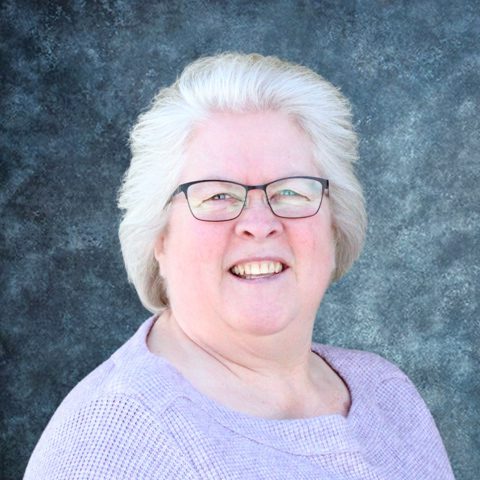See the bad things coming in time to prevent bad outcomes.
We help workers understand human error, reduce the impact of situational awareness barriers and improve dynamic decision making.

About Us
We help organizations improve safety by ensuring workers understand how to develop and maintain situational awareness while working in high-stress, high-consequence, time-compressed environments.
We also help companies identify opportunities for improving high-risk decision making outcomes and show them how to implement strategies to help workers improve critical thinking and resilient problem solving skills.
As a result of our work, operations managers, safety managers and supervisors often share with us workers are better equipped to develop and maintain situational awareness and they make better decisions during periods of high vulnerability.
Meet our Team
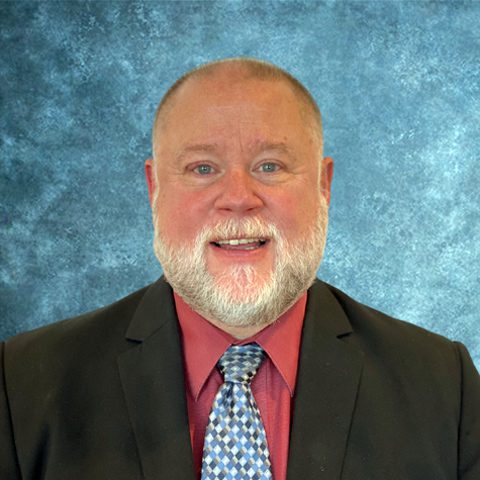
Richard B. Gasaway
PhD, CSP, MBA, EFO, CFO, CVP
President and Principal Consultant
Richard B. Gasaway serves as the President of Situational Awareness Matters where he leads a team of expert instructors and thought leaders to train and consult on safety and leadership topics worldwide.
Dr. Gasaway is widely considered a trusted authority on human factors, situational awareness and the high-risk decision making processes used in high-stress, high consequence work environments. He has authored 7 books on topics related to situational awareness, high-risk decision making and leadership and his research has been featured in more than 400 book chapters, research papers, periodicals and websites.
The company’s Federal government clients have included: NASA, the US Department of Homeland Security, the US Department of Defense and every branch of the armed forces including the United States Military Academy and the United States Air Force Academy.
Their corporate consulting and training clients have included: Exxon/Mobil, Syncrude Oil Refinery, Nuclear Fuel Services, LafargeHolcim, Thomas Jefferson National Accelerator Laboratory, Georgia Pacific Corporation, Babcock & Wilcox, SGL Carbon, Novelis, Amgen, Louisiana Pacific, and Eagle Materials Corporation.
More than 500 agencies and 90,000+ program participants have trusted the company’s programs to help improve situational awareness, high-risk decision making and operational safety. Program and consulting have been conducted throughout the United States, Canada, England, Germany, the Netherlands, Belgium, Saudi Arabia, Australia, New Zealand and Hong Kong.
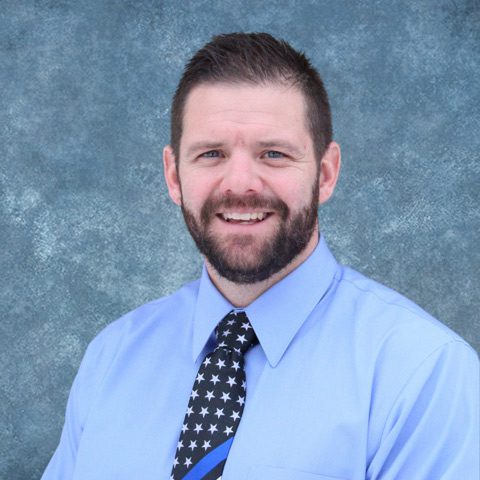
Drew Moldenhauer
MS, BS
Certified Master Instructor
Business and Industry Programs, Assessments, Accident Reviews
Drew Moldenhauer provides situational awareness training, assessments and consulting services on topics for business and industrial clients.
Drew has served nearly 2 decades in Law Enforcement with two police organizations in Minnesota. During this time, he has served as Active Shooter Instructor, Use of Force Instructor, Crisis Intervention Team (CIT) Instructor and Field Training Officer.
Since joining Situational Awareness Matters, Drew has participated in multiple industrial assessments and has trained over 500 business and industrial employees on situational awareness to improve high-risk decision making outcomes.
In addition to serving as a police officer, Drew also teaches law enforcement programs for the Anoka County STEP Program and he holds adjunct professor positions at Hamline University, Concordia St-Paul University, Metropolitan State University, Normandale Community College and Hennepin Technical College.
Mr. Moldenhauer holds a Masters Degree in Public Safety Executive Leadership from St. Cloud State University.
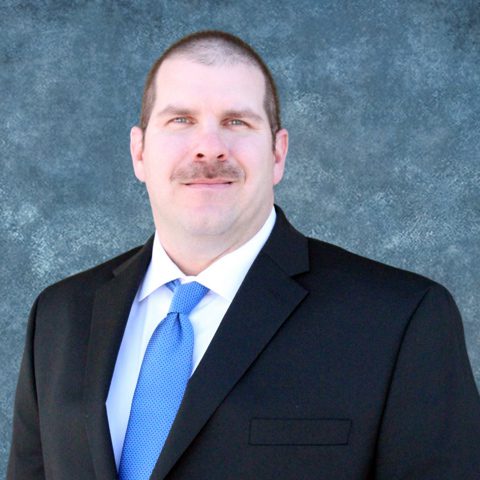
Jeremy Saul
MS, BS
Certified Master Instructor
Business and Industry
Programs, Assessments, Accident Reviews
Jeremy Saul provides situational awareness training and consulting services on topics for business and industrial clients. He also helps organizations with general workplace safety, policy development, standards and OSHA compliance, NFPA safety audits that include preparing and presenting recommendations.
Mr. Saul completed 22 years of military service with the Air National Guard as a Firefighter, Crew Chief and Ground Safety Officer for the 193rd Special Operations Wing. His public safety career launched in 1995 when he became a volunteer firefighter in the suburbs of Harrisburg, Pennsylvania. In 2008 he joined the Harrisburg (PA) Bureau of Fire where he currently holds the rank of Captain/Acting Battalion Chief.
Jeremy earned a master’s degree in Emergency Management from Millersville University and his bachelor’s degree in Fire Science & Emergency Management through Purdue University Global.

Jeremy Saul
MS, BS
Certified Master Instructor
Business and Industry
Programs, Assessments, Accident Reviews
Jeremy Saul provides situational awareness training and consulting services on topics for business and industrial clients. He also helps organizations with general workplace safety, policy development, standards and OSHA compliance, NFPA safety audits that include preparing and presenting recommendations.
Mr. Saul completed 22 years of military service with the Air National Guard as a Firefighter, Crew Chief and Ground Safety Officer for the 193rd Special Operations Wing. His public safety career launched in 1995 when he became a volunteer firefighter in the suburbs of Harrisburg, Pennsylvania. In 2008 he joined the Harrisburg (PA) Bureau of Fire where he currently holds the rank of Captain/Acting Battalion Chief.
Jeremy earned a master’s degree in Emergency Management from Millersville University and his bachelor’s degree in Fire Science & Emergency Management through Purdue University Global.
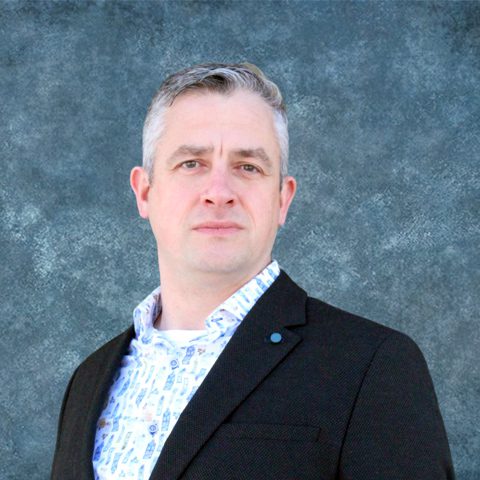
Bart van Leeuwen
Certified Master Instructor
European Operations Manager
(based in Amsterdam)
Business and Industry
Information Technology, Smart Data, Assessments, Accident Reviews
Bart van Leeuwen combines a unique set of experiences that combines experience in public safety, information technology, and academia. This allows him to provide a uniquely fresh perspective on issues involving data usage and human factors. As an information technology/smart data safety thought-leader, Bart helps organizations integrate IT toward solutions that improve worker situational awareness and high-risk decision making.
In addition to being a Certified Master Instructor, Bart runs the European Division of Situational Awareness Matters and can deliver programs in Dutch, English, and German.
Bart has served 25+ years in the Dutch fire service in various positions in both career and part-time fire departments. He currently serves as a company officer in a large career fire department. Previously he served as instructor and has been involved in various innovative projects at various departments.
Bart serves as a group associate at the Human Centric Data Science group at VU University in Amsterdam where he regularly lectures on subjects related to using smart data for the fire service. He guides both bachelor and master students during their thesis projects.
He has delivered various keynote addresses at both technology and fire related conferences around the world and he is a frequent speaker on Smart data for Smarter Firefighting.
Our Focus

Human Error
- Understanding how human error occurs from:
- Slips in judgment -Inadvertently doing something different than what you intended to do.
- Lapses in memory –Forgetting to do something or losing your train of thought in the middle of a task.
- Flawed decision making –Doing the wrong thing while believing it was the right thing to do.
- Human error can happen to anyone at any time, even your most experienced and most well-trained members.

Situational Awareness
- Situational awareness (SA) barriers flaw and impact the (recurring) three-step SA development process:
- Perception –Gathering intel about what is happening (size-up).
- Understanding –Comprehendingthe meaning of the intel(sense-making).
- Prediction –Anticipating the outcome of future events (visioning).
- Situational awareness is the foundation for dynamic decision making.
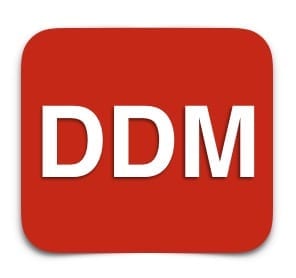
Dynamic Decision Making
- Dynamic decision making involves making high-stress decisions that are:
- High-risk–The decision-making environment is very hazardous.
- High-consequence–Decision errors can cause catastrophic outcomes.
- Time-compressed –Quick decisions are essential due to rapidly changing condition.
- Dynamic decision makers usually only get one chance to get it right.

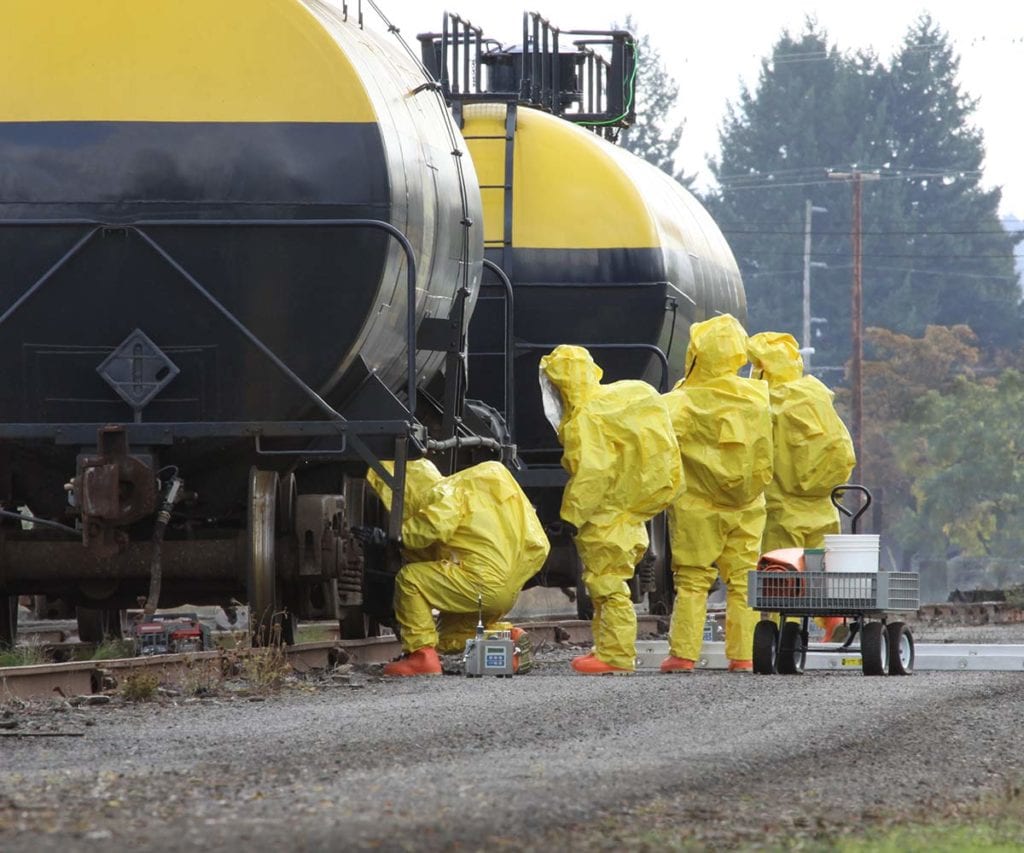
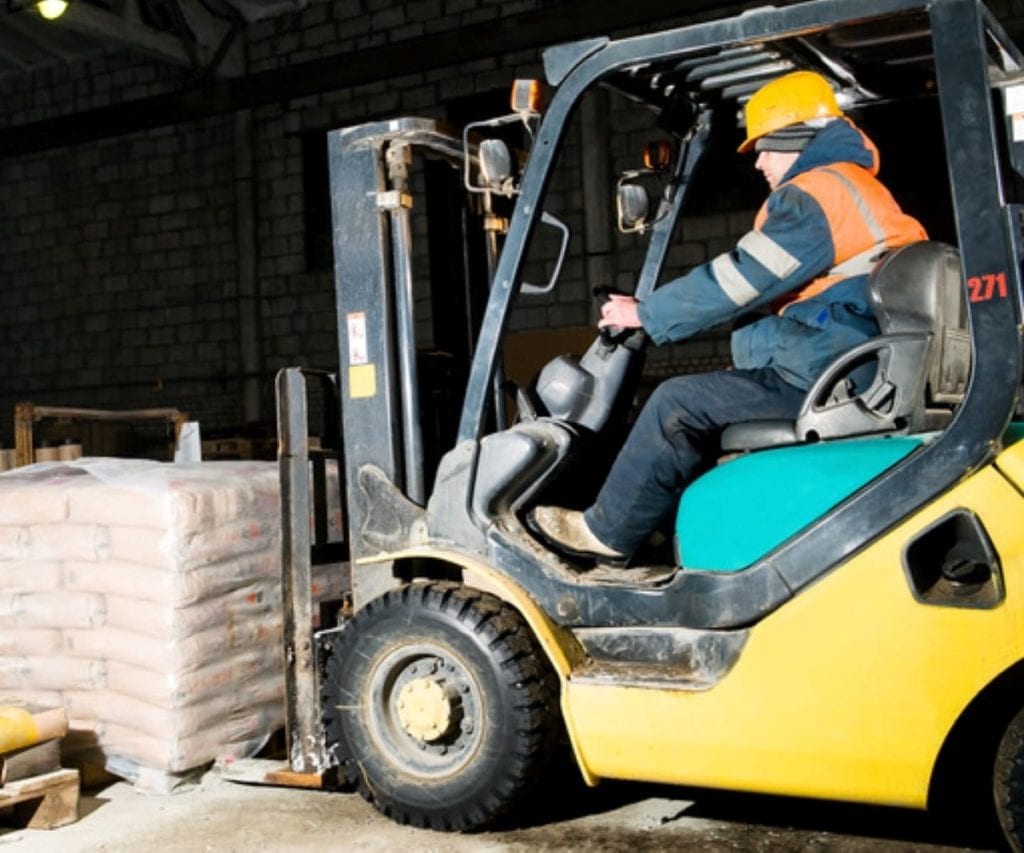
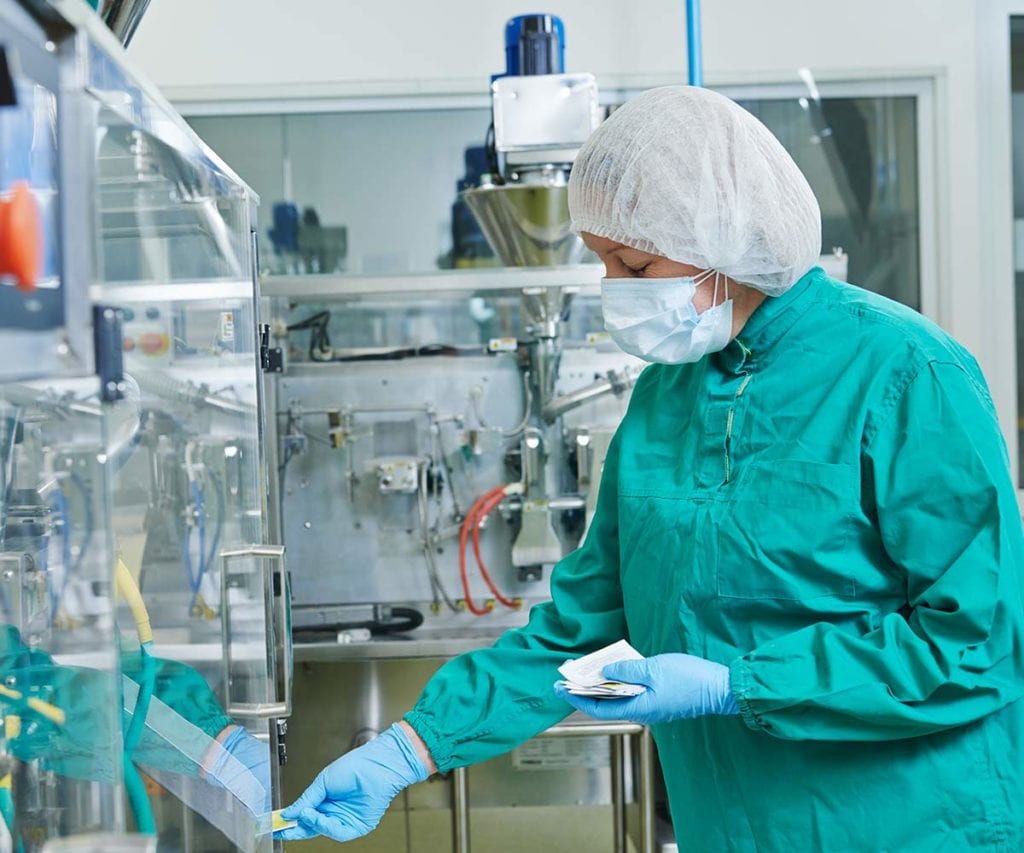


Our Programs
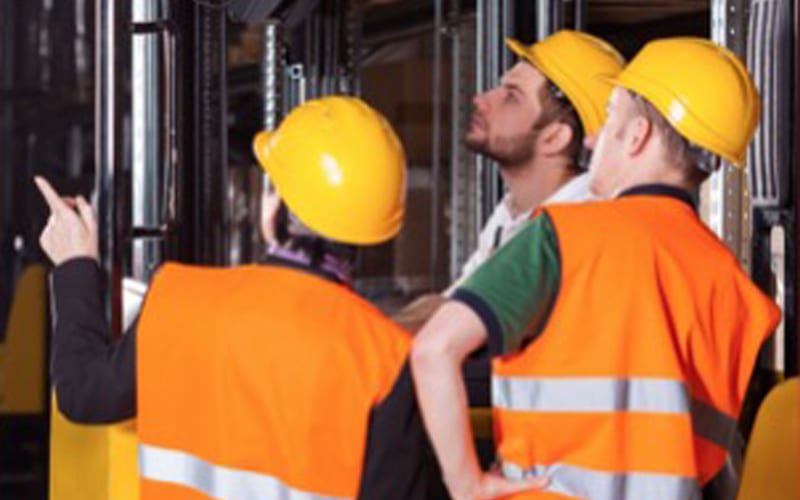
Situational Awareness&High-Risk Decisions
Assessment
• Identify challenges & obstacles inhibiting good decision making.
• Help workers develop and maintain situational awareness.
• Reduce near-misses and mishaps.
• Reduce exposure to litigation and fines that can result when workers make poor decisions.

Worksite SafetyAssessment
• Identify and resolve disconnects and incongruence between competing priorities.
• Increase your interdepartmental understanding of competing goals and priorities.
• Identify and implement safety best practices and create safety metrics.
• Establishing safety as an organizational priority – going beyond slogans, campaigns and posters.
• Create training scenarios to improve high-risk decision making.
• Reduce near-misses and mishaps.
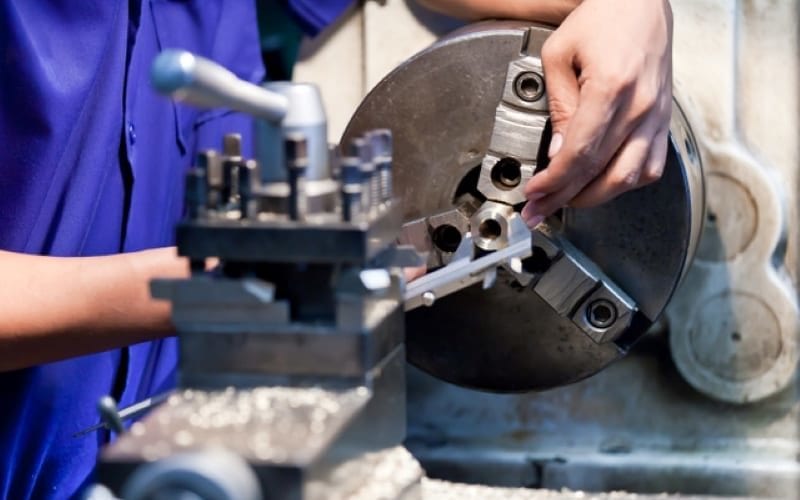
Post-incident Review
This is not an investigation. This is an evaluation. We look at your event using a different lens than investigators. We do not look for fault or to fix blame. We look for explanations and solutions to fix the problem.
The review will provide your team with a report and recommendations for how to reduce human error, how to minimize the impact of situational awareness barriers and how to improve high-risk decision making.
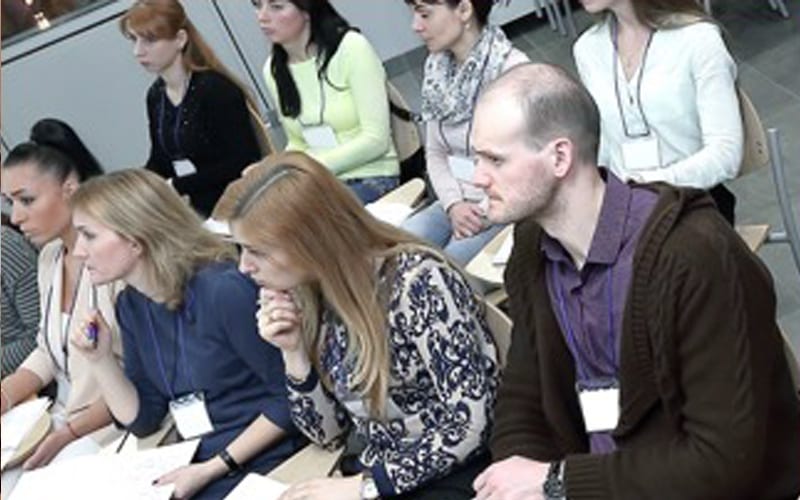
TRAINING PROGRAM
When Lives are on the Line: How smart workers use situational
awareness to improve safety
A situational awareness and high-risk decision making training program will help your organization:
1. Identify opportunities to help your workers develop and maintain situational awareness – Improving the ability to see bad things coming in time to avoid bad outcomes.
2. Ensure workers have the knowledge, skills and abilities to conduct rapid situational assessments and know how to make good decisions in high-risk environments.
3. Reduce near-misses and mishaps.
4. Help the organization reduce exposure to litigation and fines that can result when workers make poor decisions.
Interactive workshop, scalable in duration from one hour to a half-day.

TRAINING PROGRAM
Your brain on drugs: Understanding how stress impacts high-risk decision making
The results of the research are in! Stressed brains don’t function the same way as non-stressed brains. Actually, this probably doesn’t come as much of a surprise. But what may surprise you is how significant the impact of stress can be in your high-risk decision making. This fast-paced session will review the fascinating process of how the stressed brain functions and how these changes influences thinking and decision making.
Keynote and/or interactive workshop, scalable in duration from thirty minutes to a half-day.

CONSULTING
Our Associates are available to consult with your senior staff, operational managers, front-line supervisors and safety personnel to help solve your safety and leadership related challenges.
Client List
Since 1992, more than 1,300 public and private organizations have relied on our Associates to deliver professional, high-quality, immediately actionable training and consulting. Our high-impact training programs have been delivered to more than 70,000 workers throughout the United States, Canada, United Kingdom, Netherlands, Belgium, Hong Kong, Australia and New Zealand.


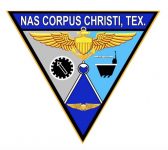


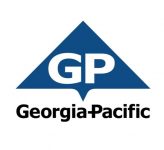
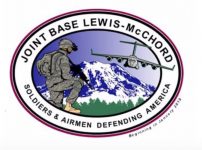
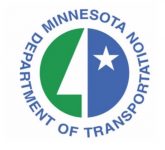
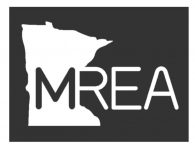

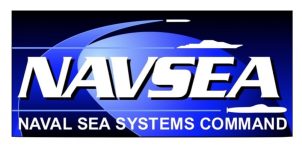

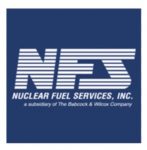
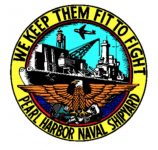
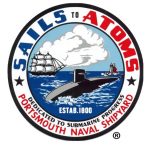

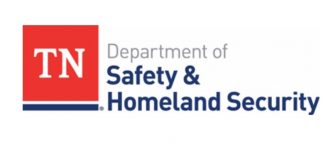
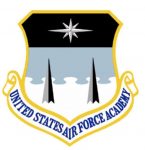
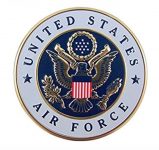

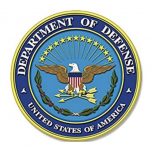

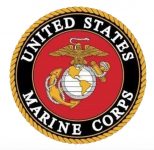
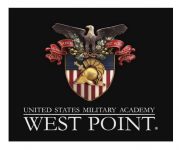
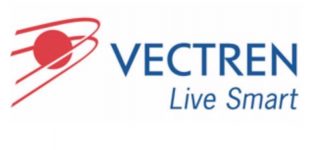
Testimonials






